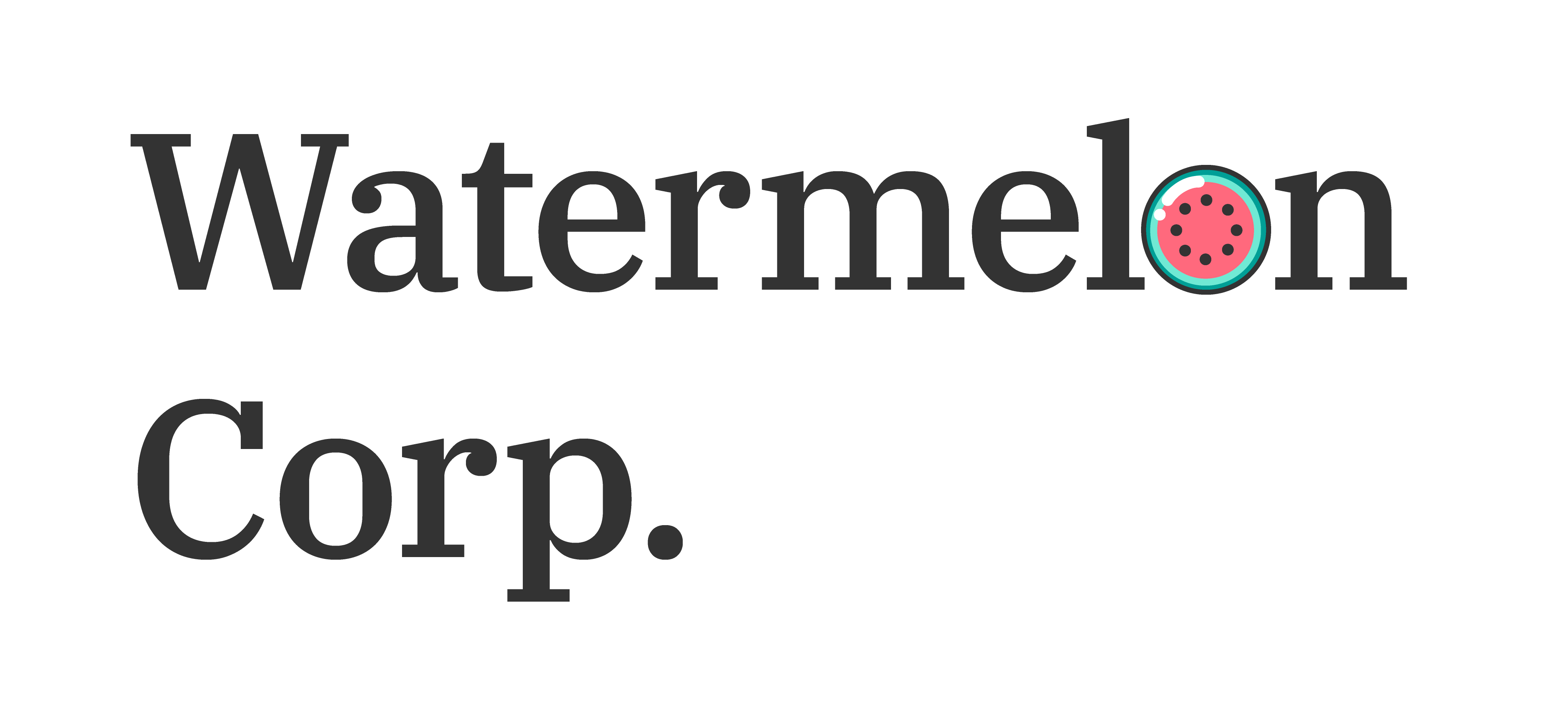Sprint 4 Summary: First Steps
Welcome to a new section on the blog! Now that we finally have a public website that everyone can visit, we will able to share this kind of summary posts where we will try to keep everyone updated!
For developing our project Kwee we are using a Scrum-style methodology with two-week iterations or sprints. For each of these, we take some tasks from the backlog that we have and divide them between the five of our team members.
The idea is to iteratively build our project along with all the other requirements that we have such as creating this corporate website, maintaining our social networks updated and keeping an eye on the progress that we are doing at all times on the tasks and the project as a whole.
So, coming back to the objective of the post itself, here is what we have been working so far for the last sprint that ended on the 7th!
Back-End
The main objective for the back-end part of this sprint was to set the base of the API for the next iteration to basically finish it. For that, we had to make quite a big effort in learning Node.js and the Express module which no-one in our group knew how to use.
Along with it, we also created the already defined database, using the MySQL relational database management system. Even though we spent more time than what we thought in this task, we now have a great data structure to hold the entire service.
Once we had that Node knowledge and the DB in place, we finally were able to start coding the API itself. For doing so, we followed the guide we confectioned in previous iterations, defining the endpoints and the data that the calls would return.
Unfortunately, we already were nearing the end of the iteration, so we didn’t end up having as much of the API done as we hoped for. Nevertheless, we found Sequalize, a promise-based ORM (object-relational mapping) that is helping us to have a much better model based API that will make it much safer and easier to maintain.
Front-End

Even though we didn’t have much headroom this past sprint for the front-end, we did our best and start looking into the Angular framework and how it worked.
Besides, we also created the interfaces flowchart to know who the different views are interconnected and the flow that the users will follow. It still needs some retouches, as adding the back button in many of the interfaces. However, it still is a really useful resource to have before putting the whole thing together.
We didn’t want to go full on and code a bunch of components without knowing that much, so we just created the following card. It will basically be the base of the whole application. That’s why we considered it the best place to start implementing our tech job hunting site!


Offer Preview Card. Mobile View.
As you can see, we opted to follow the new Material Theming philosophy that Google introduced this summer over the annual Google I/O event that they organise.
For that, we will be using the Material Angular components as a base for the interface. Alongside, we will have the Material Design Two-Tone Icons and the IBM Plex font family powering our job finding/offering platform!
Others
Regarding the management side of the project, we continued with the usual aspects as timing our tasks, using Microsoft Project to organise ourselves and preparing the documents that we are required.
Furthermore, we finally closed what we are going to do with the WebGL 3D Engine that we have to develop for the Advanced Graphics Techniques subject. We will use it to display the connections that our hiring website is making, joining professionals with their ideal company.
This will be shown in a 3D modelled world where you will be able to zoom in and navigate to see the data that our site will create in a fun way. Here you can find some of the sketches we’ve done of the buildings that you will be able to find:
And this is all we’ve been able to do so far. Are you liking the direction Kwee is taking? Please leave a comment if you have any suggestions, we will be happy to hear what you have to say!
Finally, a friendly reminder to follow the development of this project along with us through our social media pages in Twitter, Telegram and Instagram, as well as this blog. We will be updating them on a weekly basis so that you can be up-to-date on our latest progress!


One thought to “Sprint 4 Summary: First Steps”
What’s up to all, the contents existing at this
web site are actually remarkable for people knowledge, well,
keep up the nice work fellows.